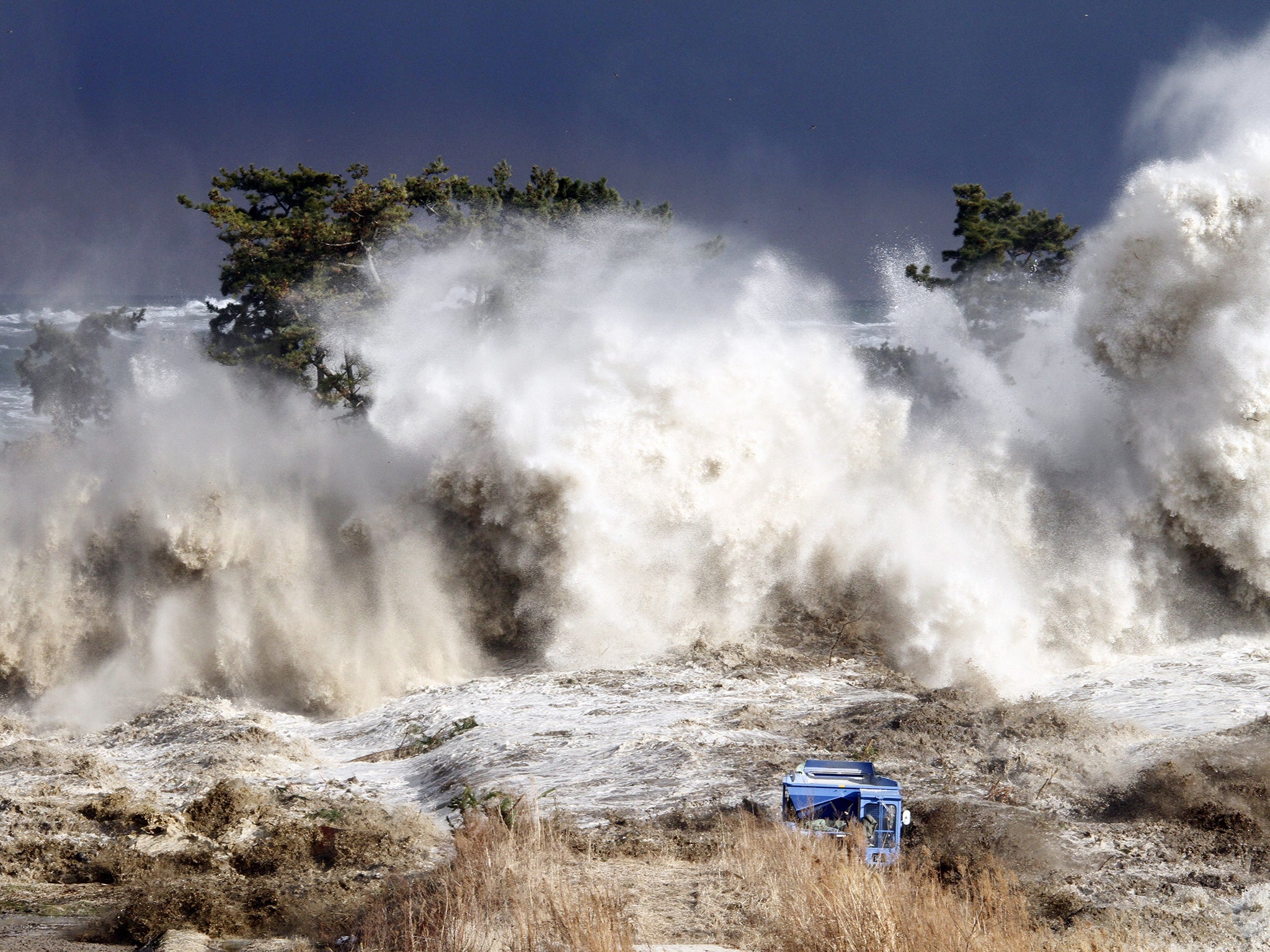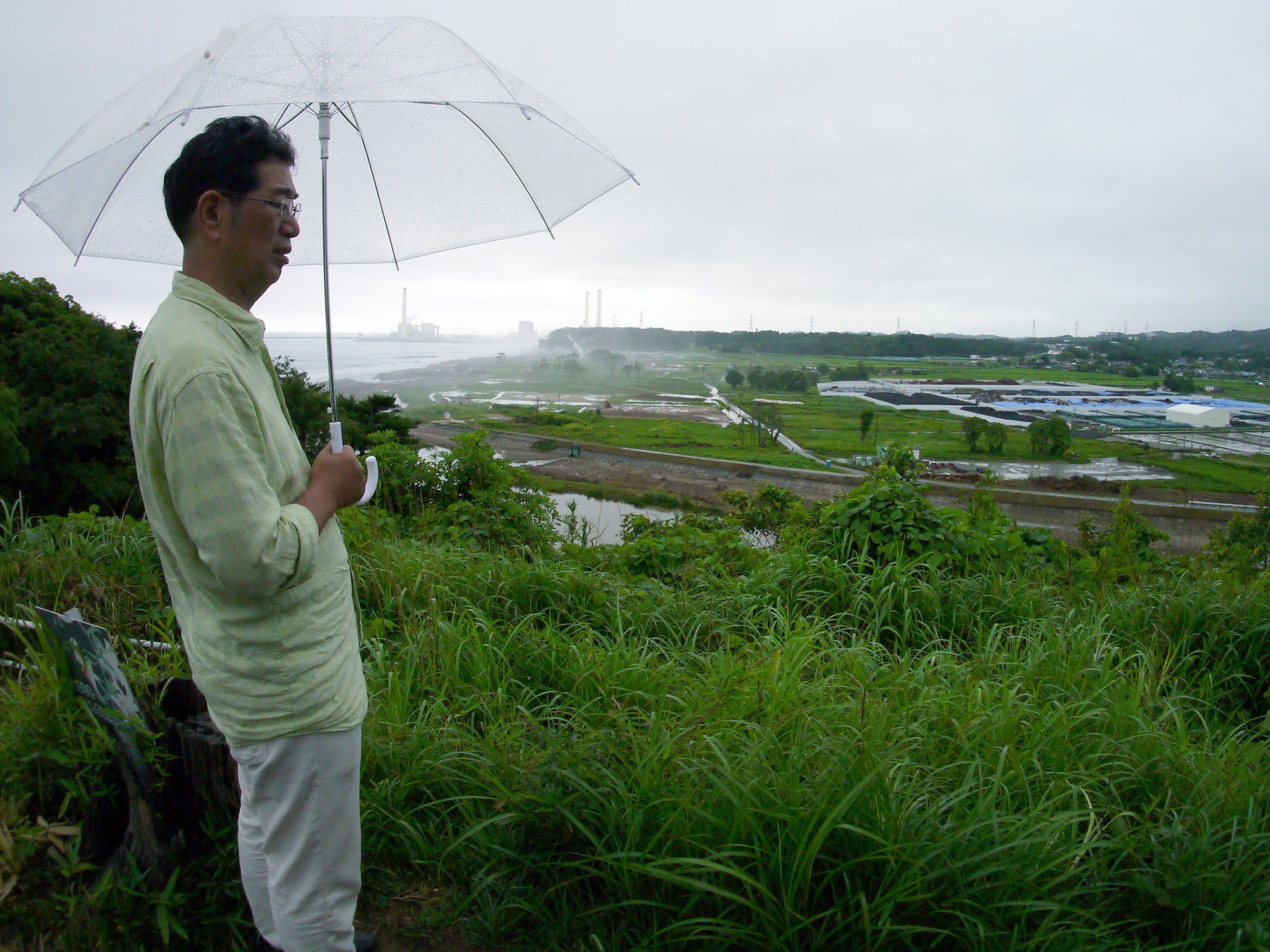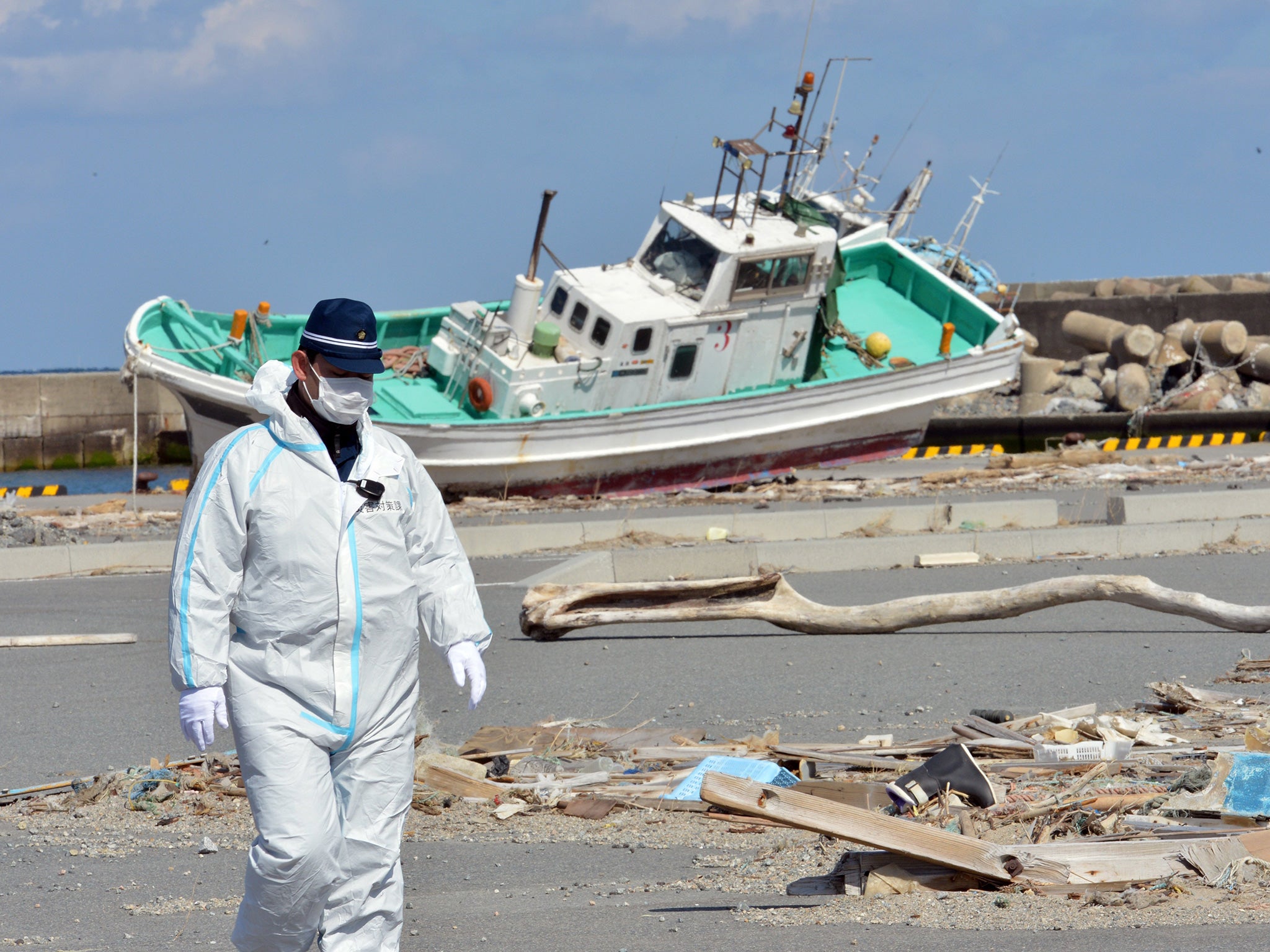Fukushima nuclear meltdown: Inside Japan's forgotten town, four years after tsunami disaster
Four years after the nuclear disaster, much of the area is still uninhabited

The home of Kohei and Tomoko Yamauchi bears little sign of the disaster that forced them to abandon it. On a freezing night in March 2011, the couple fled, along with thousands of others, as the Fukushima Daiichi nuclear plant, nine miles to the north, went into meltdown.
When they returned, weeds reached their shoulders and an invisible toxin, detectable only with Geiger counters, coated everything.
Months of backbreaking work later, the weeds are gone and the radiation is down to safe levels, thanks to a vastly expensive government cleanup. Their town, once home to 7,800 people, has a new kindergarten, school and welfare centre where former nuclear evacuees can get counselling.
All that’s missing are people: fewer than 200 residents have returned.

Last month, Naraha became the first town in Fukushima Prefecture to completely lift an evacuation order imposed after the triple meltdown, which was triggered by an earthquake and tsunami.
At a ceremony to mark the town’s reopening, Mayor Yukiei Matsumoto declared the nightmare that had begun nearly five years ago officially over.
“The clock that stopped has now begun to tick”, he said.
It’s not economical; it would be a lot cheaper to give people money to leave and buy new houses. The goal is political
Restarting that clock, however, has been costly. Naraha is almost entirely government supported. It has a publicly built shopping centre and a new secondary school in construction – with no children.

A factory on the outskirts of town will design and test robots for the ruined plant. A team of decontamination workers has been sent to every house. Dosimeters are being distributed free to residents who return. The local water filtration plant is tested hourly, says Yusuke Igari, a local government spokesman. “We probably have the safest tap water in Japan,” he says.
Communities closer to the Daiichi plant are still considered uninhabitable. Local police officers wear dosimeters pinned to their chests to warn them of the most heavily contaminated areas, defined as those where “cumulative dose levels might reach 20 millisieverts per year,” the typical worldwide limit for workers in nuclear plants. An estimated $50bn has been spent bringing radiation in the prefecture back to safer levels.
Video: First images inside reactor four years after nuclear disaster
The goal of that largess is normalisation. Naraha is a showcase for post-Fukushima Japan, says Mr Igari.
“If people won’t return to live here, they won’t return anywhere. We feel a heavy sense of responsibility.”
Nobody wants Fukushima mentioned in the same breath as Chernobyl. Almost three decades after the world’s worst nuclear accident, life there is still frozen in time; a snapshot of the mid-1980s Soviet Union, complete with posters of Lenin on school walls.
“The key objective is to communicate to the public that Japan can overcome a nuclear accident,” says Jan Vande Putte, a radiation specialist for the environmental watchdog Greenpeace International.
“It’s not economical; it would be a lot cheaper to give people enough money to leave and buy new houses. The goal is political.” In August, Japan fired up its first reactor under tougher safety rules introduced after Fukushima. Another two-dozen reactors have applied to restart – the government’s latest energy plan assumes they will provide about 20 per cent of the nation’s energy mix. But the restarts are unpopular and virtually every one is the focus of a potentially drawn-out legal dispute over safety.
Many of the roughly 120,000 nuclear evacuees, meanwhile, have built new lives elsewhere and are reluctant to return to communities that have often fallen into ruin. Worries over radiation complicate an already difficult decision. Though scientists have repeatedly said the decontaminated areas are safe, many distrust such reassurances, says Naoko Kanai, a former Naraha resident.
Such worries are highlighted by a hotly contested report claiming that rates of thyroid cancer in Fukushima since March 2011 are 20 to 50 times the national level. Many refugees also fear that their nuclear compensation, amounting to a monthly stipend of 100,000 yen (about £542) per person, will be terminated if they refuse to go back to areas declared safe. The payments are due to end in 2018.
Mr Yamauchi says he was lured back by his house, which has been in his family for seven generations.

“I couldn’t just abandon it”, he says. In any case, he adds, he and his wife are too old to care about cancer. Small signs of life give him hope: newspaper deliveries recently restarted and the post office will open next week. Trains have started arriving at the local station again – a digital readout displays the radiation level over the ticket counter.
“Even if it’s not the same as before, life will improve bit by bit,” he insists.
Initially, he laments, the old will be the only ones to return but perhaps, he adds, their children will follow, when they see life going on.
He bears no grudges about what happened. “There’s no point in blaming anyone. We just have to look ahead and try to get on with our lives.”
Join our commenting forum
Join thought-provoking conversations, follow other Independent readers and see their replies
Comments